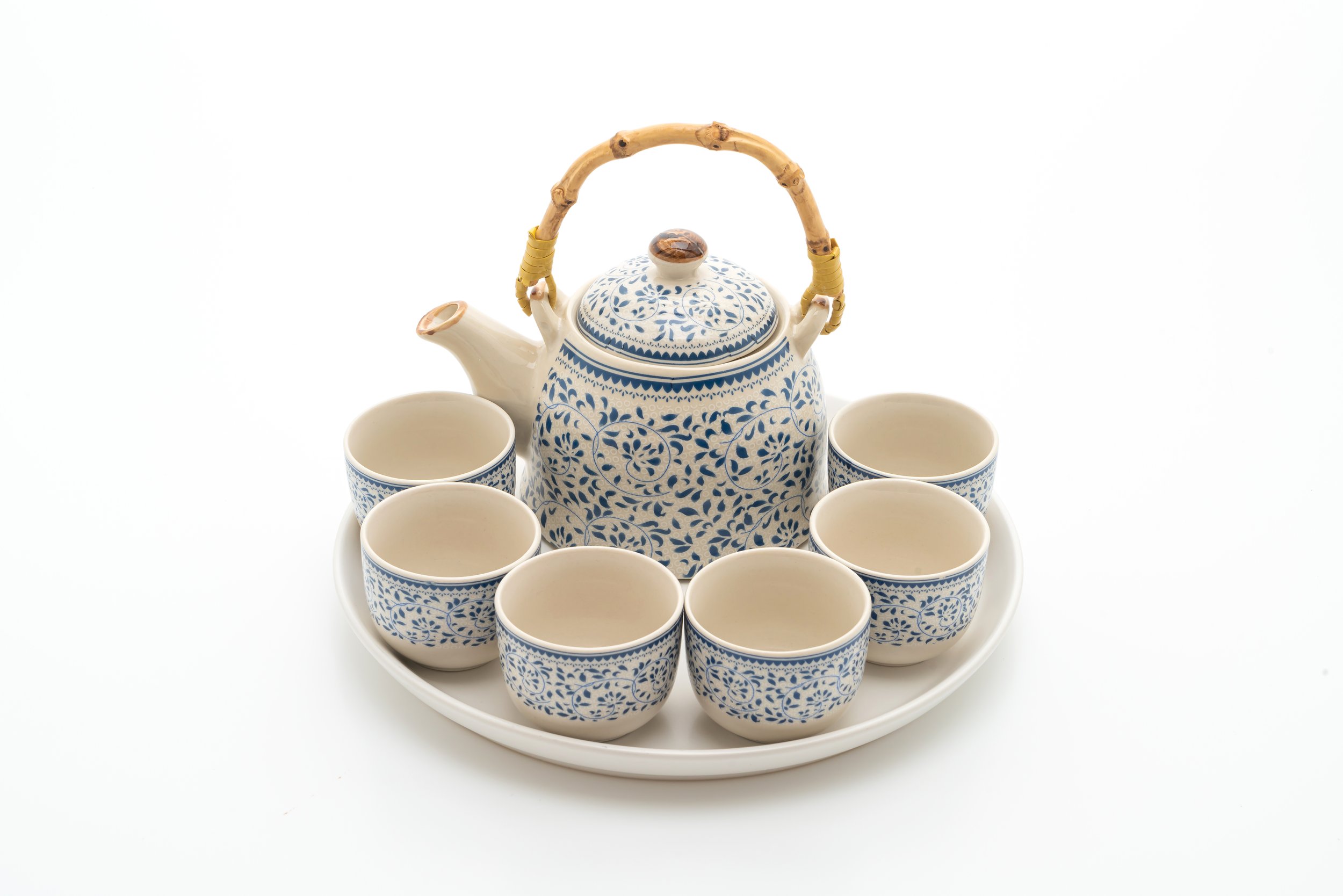The History of a Teacup: From Asia to England
The humble teacup, a symbol of comfort and elegance, has a fascinating history that traces its origins from ancient Asia to the refined tea culture of England. It’s not just a simple vessel for sipping tea but a cultural artifact that has evolved over centuries. Let’s explore the journey of the teacup, starting from its early use in China to its significant role in British tea traditions.
Origins in Asia: The Birth of the Teacup
The teacup’s story begins in ancient China during the Tang Dynasty (618–907 AD). Initially, tea was consumed from small, shallow bowls rather than cups. These bowls were wide and flat, without the raised ridge seen in modern teacups. The absence of a ridge in early teacups led to the vessels being referred to as "dishes," as they were more like small plates than cups.
Tea drinking was already a highly ritualized practice in China by the 9th century, and the development of the teacup, albeit a dish, marked the beginning of what would become a cultural phenomenon. The teacup, or dish, was typically crafted from porcelain and often intricately designed with delicate, hand-painted patterns or glazed finishes. These early pieces were not just utilitarian; they were highly valued for their craftsmanship and beauty.
The Teacup in Japan
As tea culture spread from China to Japan, it underwent further changes. During the Kamakura period (1185–1333), tea drinking became an integral part of Japanese society. The Japanese began using smaller, more refined cups, and the teacup started to resemble the shape we recognize today, with a slight curve to help retain the warmth of the tea. These Japanese teacups were often made from clay or porcelain and played a central role in the Japanese tea ceremony, emphasizing elegance, simplicity, and the enjoyment of tea as a meditative experience.
The Rise of the Teacup in England
The teacup, as we know it today, truly began to take shape in 17th-century England. The introduction of tea to England from China and the East India Company played a significant role in transforming tea-drinking practices. By the 1600s, tea had become a fashionable beverage among the British aristocracy, and with this newfound popularity came the need for specialized teacups.
In England, the teacup evolved into a more recognizable form, typically with a handle, and often had a ridge at the base to allow for a firmer grip. The teacup’s design was influenced by the styles of both Chinese and Japanese ceramics, but English craftsmen began to put their own mark on the teacup, producing fine bone china and porcelain cups that became highly sought after. As tea drinking spread to all levels of society, the teacup became an integral part of daily life, and by the 18th century, elaborate teacup sets became a staple of British tea parties, signifying both social status and refined taste.
Conclusion: A Journey Through Time
From its origins in ancient China as a simple dish to its evolution in England into the iconic teacup we know today, the teacup has come a long way. It’s a small but significant part of our cultural history, connecting us to centuries of tea-drinking traditions. Whether as a tool for relaxation or a symbol of refinement, the teacup will continue to be a cherished object in the world of tea enthusiasts.



